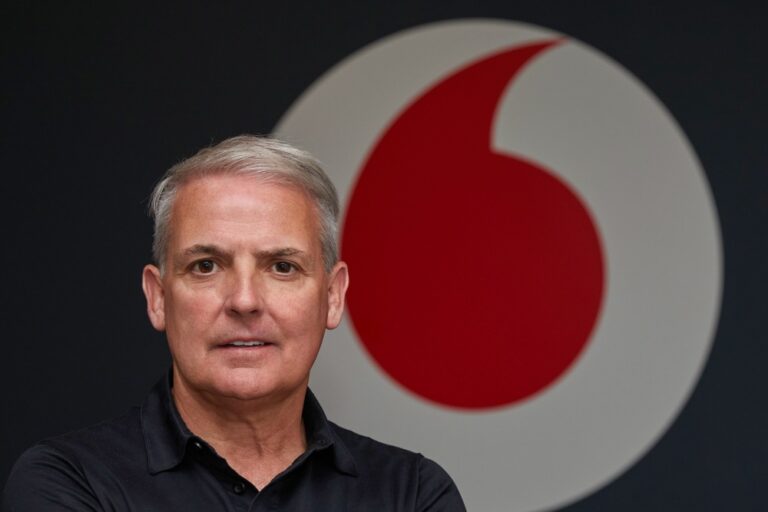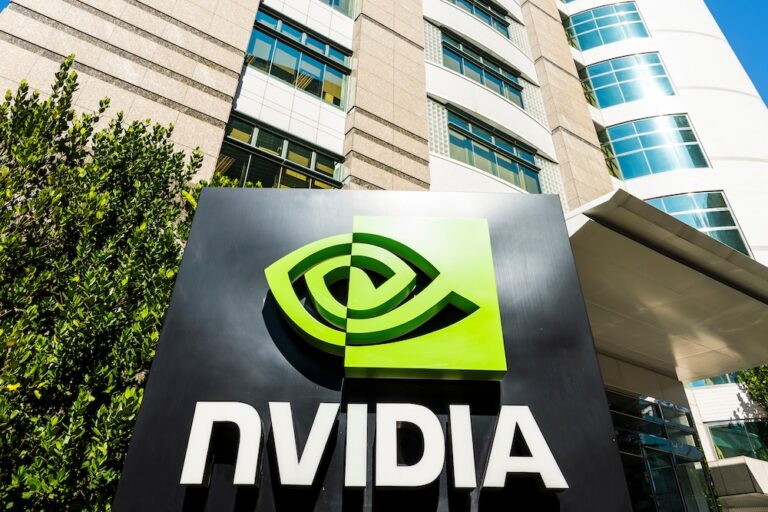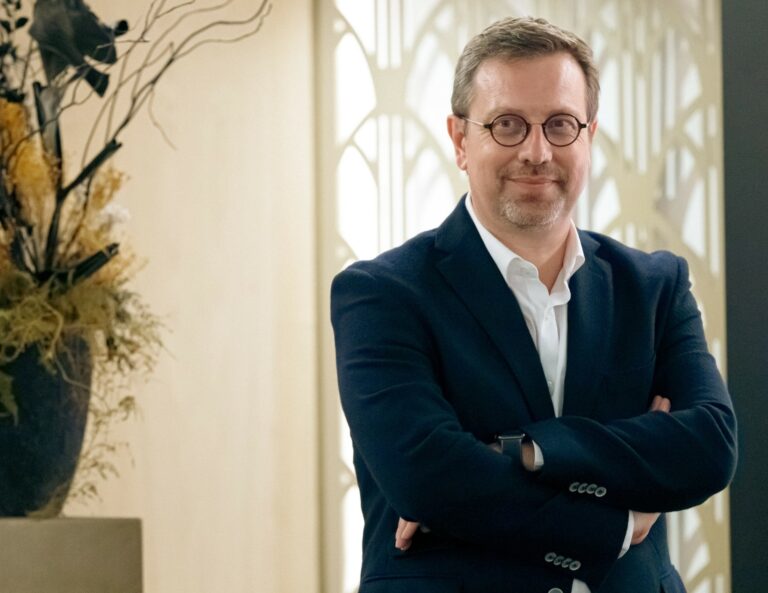The Telenet-owned mobile operator is betting the discounted bundles will help it combat churn
Belgian mobile operator Base is entering the fixed internet and TV market from today, promising consumers that they can choose their own services and only pay for what they need. To increase customer stickiness, the operator is also launching the services with “a life-long discount” if they opt for several Base products.
The imaginatively named services are Base Internet, Base TV, along with the existing Base Mobile – the latter is celebrating its 25th year as a brand. Each product can be purchased separately (without even being a Base mobile customer), and, if the customer chooses to purchase several products, he or she gets a lifetime discount. The same principles apply to both individuals and the self-employed.
To offer its fixed services, Base will rely on two distinct networks, depending on the geographical location of its customers. In Flanders, in 2/3 of the communes of Brussels and in the Botte du Hainaut region of Wallonia, this will be the cable network (HFC) of WYRE, the joint venture between Telenet (66.8%) and Fluvius.
In Wallonia and the rest of Brussels (six communes), Base will rely on the VOO/Orange Belgium cable network (HFC), thanks to the wholesale agreement signed in 2023 giving access to that network for 15 years.
Base Internet has two flavours
Customers can choose between a limited or an unlimited offer. With limited Internet, Base customers who surf moderately receive 300GB of data per month and get download speeds of 50Mbps and upload speeds of 5Mbps. With the unlimited offer there is no volume limit and download speeds of 200Mbps and upload speeds of 20Mbps are available.
For television, Base TV offers the option of watching programmes via the Base TV box or the Base TV app. The latter can be used in the same way as all conventional streaming apps (smartphone, tablet, TV screen via Chromecast, Apple TV, smart TV, and so on).
Regarding programming, the operator has opted for the essentials, and offers the most popular channels: 28 French-language and 28 Dutch-language channels. Customers can choose the language version they prefer or combine the two as an option. Base TV also offers recording (up to 200 hours), replay (36 hours), pause and forward.
The box also offers simple, one-click access to the most popular streaming apps. Base claims its box is the smallest available on the Belgian market. Thanks to its small size (8 cm x 8 cm x 1.8 cm), the box can be fitted to the back of the TV. This box does not need to be connected to a coaxial cable: the TV signal passes entirely through Base Internet. Made from 100% recycled materials, Base said the box is “particularly energy-efficient” compared to other models, thanks to its low power consumption (maximum 3W).
Targeting the south of the country
“This new stage in the history of Base is also a turning point for Telenet Group,” said Telenet CEO John Porter. We are pursuing a twofold goal with this new offer: extending our geographical coverage with a fixed-line service offer (internet and TV) in the south of the country, where we were not previously present, and simultaneously offering a complete range of telecoms services throughout the country to customers looking for the best value for money, a market segment to which Telenet Group did not previously offer a solution.”
He added: “Given that it is already well established in both Wallonia and this market segment, the decision to use our Base brand was an obvious one. In a way, one could say it was our missing link: with our three brands, Base, Telenet and TADAAM, we aim to complement each other and are now ideally positioned to meet the varied needs of consumers. Everyone can choose the brand and products that suit them best.”
Customer complaints
The telco has been in the wars recently as it drew the wrath of Belgian’s Telecommunications Ombudsman after customer complaints soared following the implementation of a new IT system.
“By adding internet and TV to our mobile offer, we are now opening a new chapter in the history of BASE. It’s a natural evolution of the brand: by complementing our offer with these new services, we’ll be able to respond to consumer needs even more effectively,” said Telenet Group Base Brand Manager Gérald Demortier.
“As a challenger in this new market, Base intends to remain true to its identity. No unnecessary extras: everyone should feel free to choose what he or she really needs: there’s no need for a mobile subscription if this is already paid by the employer, nor a TV subscription if everything is watched online, let alone unlimited Internet if it’s not being used to its full potential.”
For the first three months, Base will offer free installation and activation of the Internet and TV services (after which there will be a charge of €59).












